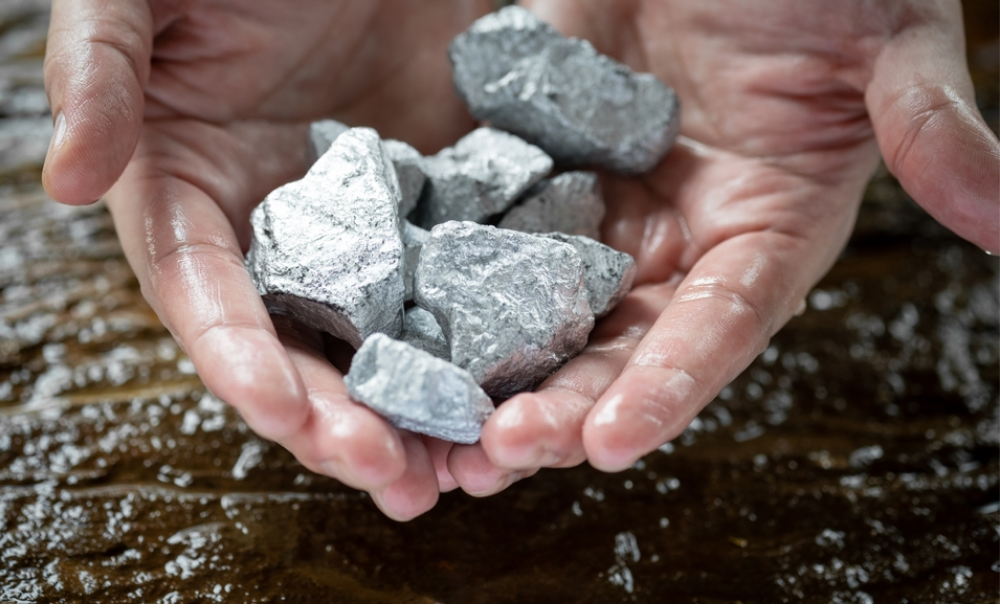
In our society, we depend on diverse metals for all kinds of things, mostly in technology and construction. They build the frameworks and foundations of our constructions, the structures of our automobiles, and the complex mechanisms in our treasured cell phones. In short – they are crucial. Even though metals have a lot of valuable properties, there is one specific property that all metals share: strength. Let’s talk about the strongest metals around the globe.
Different Types of Strength
What is the world’s strongest metal? This is one of those queries that seem uncomplicated enough but are quite complicated. When discussing metals, making direct contrasts centered on strength is not practical. Why? To begin with, there isn’t a distinct, universal scale for strength. There are four.
Yield strength
Yield strength is a material’s capacity to endure everlasting bending or deformation. It’s a method of analyzing the elastic limit of a certain material. It is typically determined through a bend test where two ends of a beam or bar are gripped, and pressure is applied. The idea is to determine how much pressure it needs to surpass the metal’s yield point or the point at which the metal will not return to its original shape upon eliminating the pressure.
Compressive strength
Compressive strength denotes a metal’s capacity to endure being compressed together. An exterior force forces metal to check compressive strength, measuring to what degree the metal can resist a size reduction. An extensively recognized test for compressive strength is Mohs Hardness Test. The test depends on a scale that rates metals from 1-10, or softest-hardest.
Tensile strength
Tensile strength represents a metal’s ability to bear pressure. In other words, it measures the quantity of strength essential to pull or stretch something apart. A metal with little tensile strength would tear apart with no trouble than metal with high tensile strength.
Impact strength
Impact strength refers to a material’s ability to endure pressure without shattering or fracturing. Simply, it’s a technique for measuring the limit of how much energy a metal can captivate via impact.
Strongest Metals on Earth
In other words, a metal’s durability depends on numerous determinants, and there isn’t an easy answer to the dilemma, what are the strongest metals? Various metals are known to be among the toughest. Here is a list of the top 5 that you must consider using in your construction or other purposes.
-
Osmium
Osmium metals are renowned for their extremely tough and bluish-white exteriors. Their melting point can be as high as 3030 degrees Celsius, making them the hardest to crack. They are not usually used for construction; instead, they are largely used in electrical circuit components and fountain pen nib tipping. Osmium is one of the thickest naturally produced metals on the earth. Despite being one of the strongest metal materials, osmium seems softer than diamonds.
-
Carbon Steel
This admixture of Iron and Carbon has been with us for decades. It is also a commonly used metal. Carbon steel ranks highly for all four of the characteristics which determine strength.
Steel is one of the strongest metals on the list and has been utilized by mankind for decades; approximately 1.3 billion tons of steel are manufactured every year! It maintains our construction, shapes the mortar of our automobiles, and is unquestionably one of the contemporary world’s highly useful and omnipresent materials.
-
Chromium
Chromium is a tough metal renowned for its silver, shiny, “refined” appearance. It has a highly stable crystalline structure and a soaring melting point. Chromium metal tops the Mohs hardness scale, but it is breakable and must be blended with other metals for increased tensile strength. Stainless steel is the best example of a metal alloy that utilizes chromium for enhanced strength characteristics. Chromium is also utilized frequently in chrome plating.
-
Tungsten
Tungsten has the strongest tensile strength of any pure metal – up to 500,000 psi at room temperature. It has the maximum tensile strength even at very rising temperatures over 1,500°C, and it has the maximum tensile strength. Tungsten is so impenetrable that it can withstand melting, even under high heat. Nevertheless, tungsten metal is breakable, making it less usable in its pure state.
The durability of tungsten compounds makes them perfect for developing drill bits or sharpening saws. Tungsten compounds are also utilized by the armed forces for bullets and rockets, as the density of tungsten gives it the power to pierce through shields.
-
Titanium
Pure titanium has a higher tensile strength versus standard steel but is less dense, granting it a greater strength-to-weight ratio. Nevertheless, steel alloys are stronger compared to pure titanium. The titanium also offers enhanced corrosion resistance and is impervious to chemicals, rust, and acids.
Titanium is extremely strong. It possesses an atomic number of 22, an atomic weight of 47.90, and a density between aluminum and stainless steel. Titanium can alloy with nearly every other element except for copper and aluminum, and it is most often used as an alloy in iron. It has a boiling point of 6395 degrees and a melting point of 3074 degrees Fahrenheit.
Conclusion
Part of the problem of realizing which material is the toughest hinges on what will be done with it. There may be a usage where a high yield strength is essential, but the compressive durability is a non-factor. Comprehending the use is vital to choosing the strongest metals.
